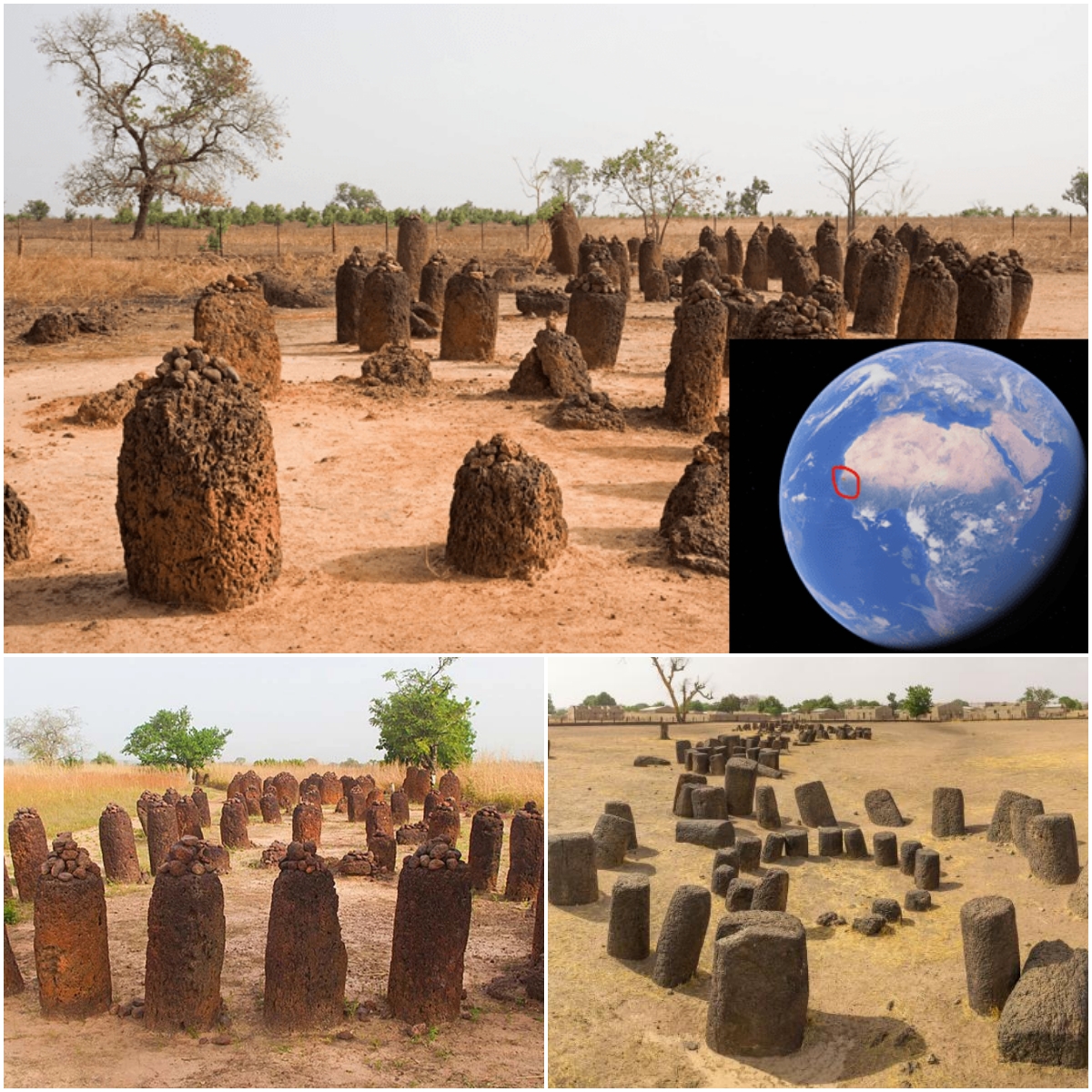Angkor Thom’s Gate: Cambodia’s Dark Portal

The Angkor Thom Gate in Cambodia is a powerful symbol that unites ancient Khmer civilization and modern Cambodia. Located in the heart of the Angkor Archaeological Park, this majestic gate has witnessed centuries of change. While it remains one of the most iconic monuments in Cambodia’s rich history, it continues to play a vital role in the country’s identity and cultural heritage.
The legacy of the Angkor Thom Gate
The Angkor Thom Gate was built in the late 12th century during the reign of King Jayavarman VII. It was the entrance to Angkor Thom, the capital of the Khmer Empire. The gate is adorned with colossal stone faces believed to represent the bodhisattva Avalokiteshvara, embodying the king’s compassion and divine protection over the city. These faces are not just artistic elements, but serve as a reminder of the spiritual and political power of the empire.
In modern Cambodia, the Angkor Thom Gate is more than a historical monument: it is a symbol of resilience and continuity. Amid the challenges of war and political turmoil, the gate has endured, connecting generations past and present. Their restoration and preservation efforts are vital to maintaining the legacy of the Khmer Empire and celebrating the enduring spirit of Cambodian culture.
A bridge between the past and the present

Although modern Cambodia has faced its share of hardships, the Angkor Thom Gate serves as a bridge connecting the past to the present. For centuries, it has withstood the passage of dynasties, foreign invasions and modern conflicts. Today, it attracts millions of visitors each year, inspiring awe and admiration for the craftsmanship of its creators.
How the Gate represents Cambodia’s enduring spirit

In essence, the Angkor Thom Gate is a powerful symbol of Cambodia’s enduring spirit. Despite the challenges the country has faced over the years, this gate stands as a testament to the strength and resilience of the Cambodian people. The intricate carvings and imposing faces are a reminder that, even as time passes, the spirit of Angkor Thom and Cambodia remains unbreakable.






